The largest area of the zoo is committed to animals that call the Savanna region of Africa home. Representing are Masai Giraffe (the less common of the two species in zoos in the Eastern half of the U.S.), African Lions, Grant's Zebra, Saddle-billed Stork, Bontebok Antelopes (also not common in US zoos), Ostriches and Eastern Black Rhinoceros (which are Critically Endangered in the wild; unlike the other species of Southern White Rhinoceros which have made a miraculous recovery from the brink of extinction since 1900). By the time time I got here it was 1 PM, and the temps were in the low 90's F. The sun was bearing down on everything, and the animals were all looking for shade or coverage. I saw no evidence of Zebra, Bontebok, Ostrich or Lions. Again, this is the game one plays when visiting any zoo. I've seen a lot of lions in my visits. I've only once seen a Fossa, and it was rather fleeting at the Little Rock Zoo--so the time I spent earlier with a Fossa here was amazing.
What I appreciated most about this zone was how expansive the habitats are. Animals really have the opportunity to explore large areas by any urban zoo standard and the fact that vegetation was able to thrive really tells the tale. I did see a saddle-billed Stork from a distance before moving on, but being that it is not that amazing of a bird and the far distance, I did what I do so often and just admired it. At the entrance were a flock of what I believe were Chilean Flamingos.
CHILEAN FLAMINGO
Phoenicapterus chilensis
The first of two large habitats for Eastern Black Rhinoceros. This one was inhabited by a lone male.
EASTERN BLACK RHINOCEROS
Diceros bicornis michaeli
A hot day and a good ole' clay wallow.
The second habitat enclosed two females.
Lunchtime for the Giraffes!
The youngest Giraffe's spats are so pristine compared to the older members of the herd.
MASAI GIRAFFE
Giraffa Tippelskirchi
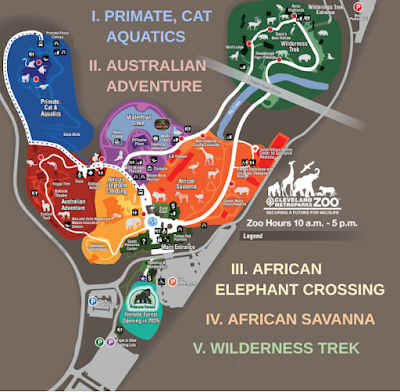



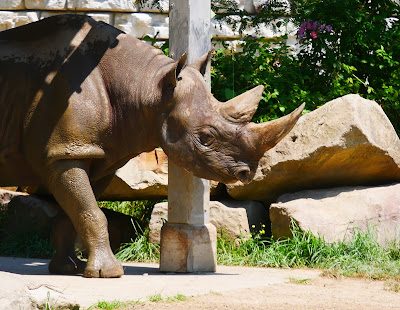

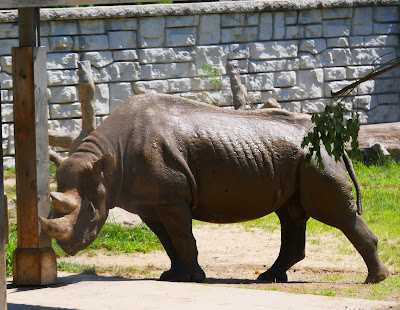

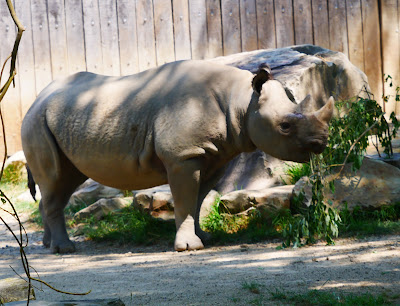
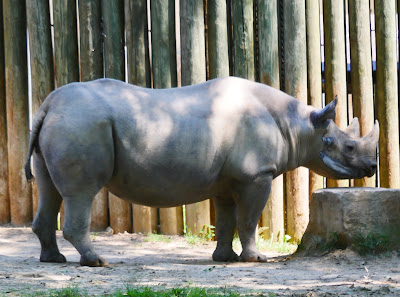






No comments:
Post a Comment